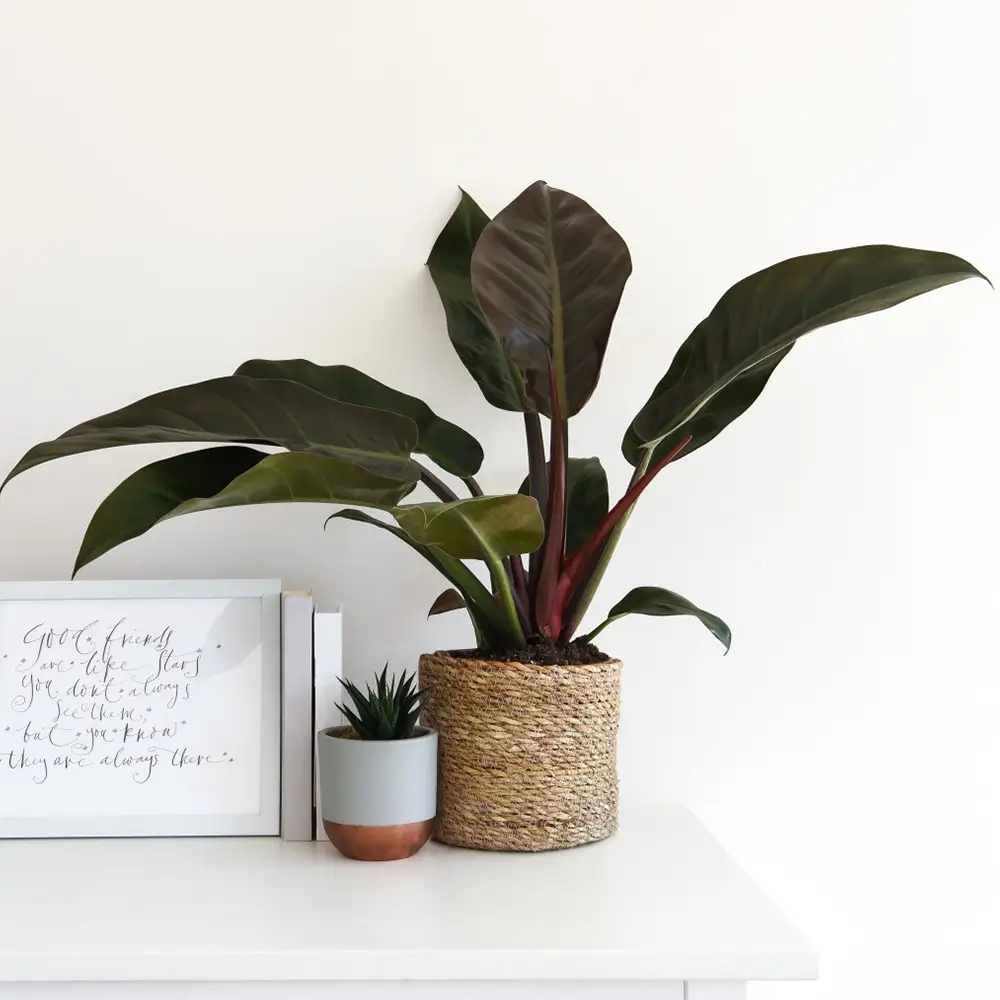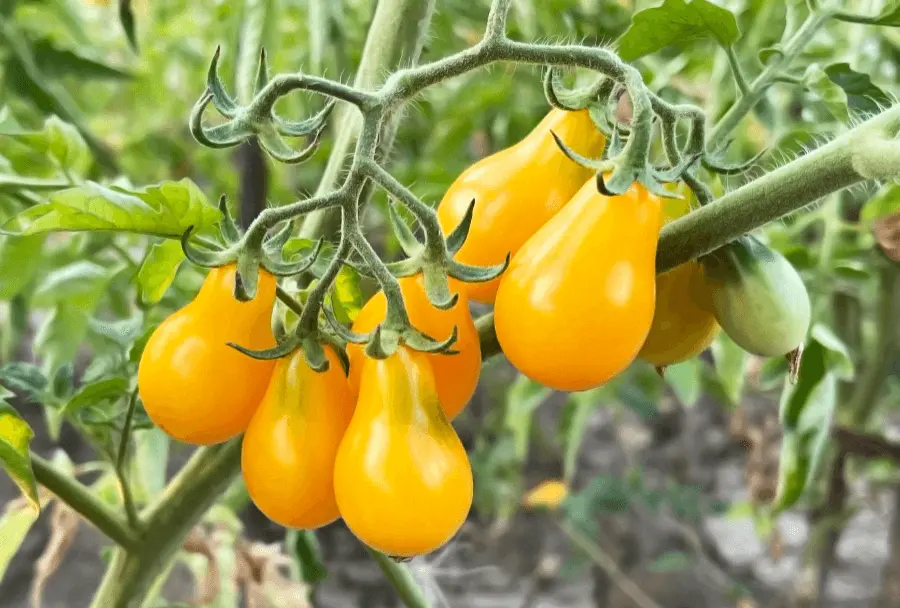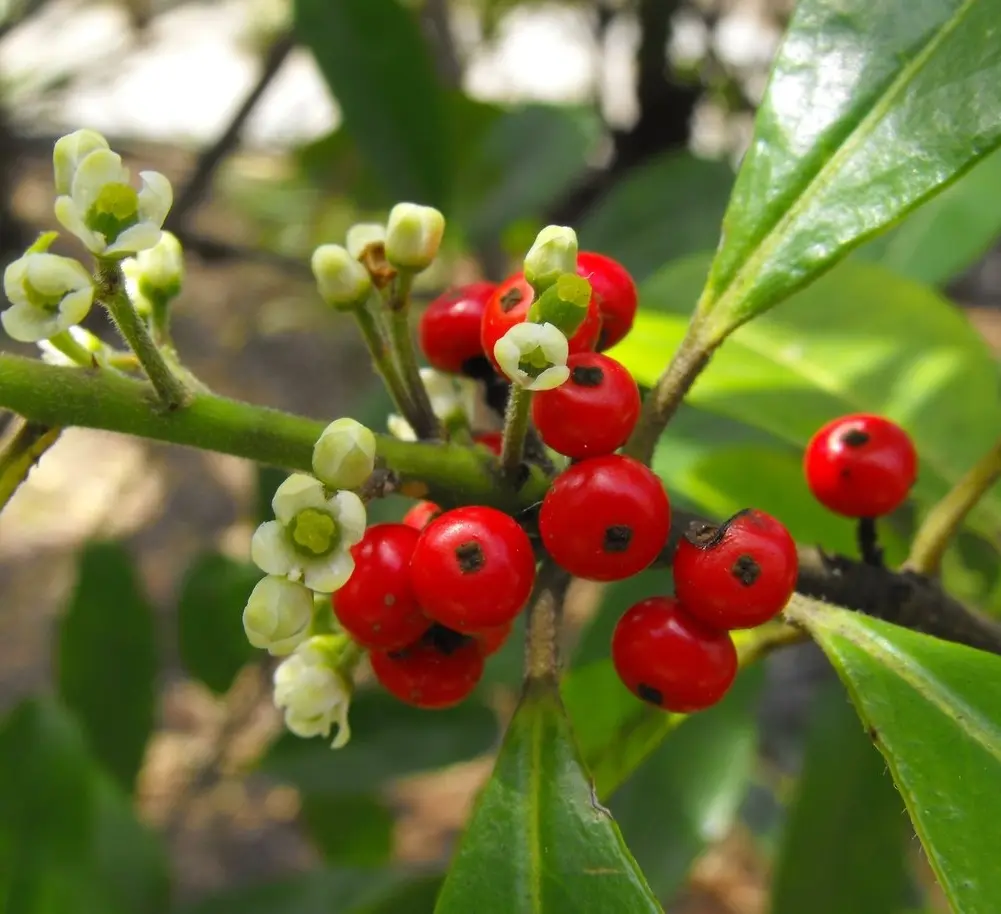
Soil Health & Fertilization
We unite suppliers and green industry professionals worldwide
Imperial Red Philodendron (Philodendron erubescens 'Imperial Red') brings a tropical showstopper to your abode with its lush, burgundy-tinged foliage that instantly livens up your space with an exotic flair.
By Victor Miller
|Published on June 16, 2025


Imperial Red Philodendron (Philodendron erubescens 'Imperial Red') brings a tropical showstopper to your abode with its lush, burgundy-tinged foliage that instantly livens up your space with an exotic flair. Unlike its vining philodendron siblings, this variety has a self-heading growth habit, meaning that it grows in a more upright, structured way that does not need to be supported by stakes or trellises.
A popular choice among indoor plant lovers and landscape designers alike, Imperial Red is low-maintenance and grows well in a range of settings. Not just a beautiful ornamental plant, it’s also an air-purifier, removing toxins and purifying indoor air, which makes it an extremely helpful houseplant to care for and have around, in addition to making a dramatic addition to the aesthetic of homes, offices and gardens.
If you need an almost indestructible, statement piece plant, a struggle-free plant, an Imperial Red Philodendron is for you. Keep reading to learn all about how to grow, care for, and propagate this lovely plant
| Botanical Name | Philodendron erubescens ‘Imperial Red’ |
| Common Name | Imperial Red Philodendron |
| Mature Size | 2 to 4 ft. tall, 2 to 3 ft. wide |
| Light Needs | Bright, indirect light; accepts low light |
| Soil | Well-draining, rich organic soil |
| Watering Requirements | Moderate; let topsoil dry between waterings |
| Hardiness Zones | 10-11 (indoor houseplant cooler temperatures) |
| Growth Rate | Moderate |
| Toxicity | Toxic to pets and humans when consumed |

September 25, 2025
9 minute read
September 24, 2025
9 minute read
September 23, 2025
10 minute read
September 22, 2025
9 minute read


Join as a seller and connect with thousands of B2B buyers nationwide!
Sign Up

Yellow Pear Tomato
Yellow Pear Tomato – this adorable heirloom variety is mostly grape-sized with fresh yellow fruit in the shape of teardrop or tiny pears. This tomato has been passed down through generations of gardeners for its sweet flavor, prolific yield, and playful

Yerba Mate
Yerba Mate is a small evergreen tree native to subtropical South America that produces leaves known for brewing a naturally caffeinated tea rich in antioxidant properties. It is not just a source of stimulating tea for growers; it also offers shiny green

Watermelon Peperomia
Watermelon Peperomia is a tropical evergreen native to South America. It’s popular because of its easy-care nature, compact growth habit and, especially, those eye-catching leaves that look like tiny watermelon skins

Lady’s Mantle
Lady’s Mantle is known for its velvety, scalloped leaves, which catch and hold raindrops as if they were liquid pearls. This old-fashioned perennial is not only gorgeous, it is extremely resilient, low maintenance and useful. It is a favorite for cottage
Imperial Red Philodendron is a sturdy, versatile plant that can flourish both indoors and outdoor as long as you provide it with the proper lighting, moisture, and nutrients. Whether you display it in a beautiful pottery pot in your living room, or allow it to flourish in a tropical garden, if you follow the instructions for plant care, they will remain a strong and colorful plant in your life for many years.
Imperial Red prefers bright, indirect light, which enhances its deep red hues and glossy green leaves. Excessive direct sunlight can lead to leaf burn, resulting in unsightly brown patches. In low light conditions, the plant will live, but will slow down the growth and its colors will be less vivid.
For optimal growth, keep your Imperial Red Philodendron near an east- or north-facing window that allows gentle, indirect sunlight. For growing outdoors, place it in partial shade, and out of the harsh afternoon sun.
Imperial Red will thrive in a well-draining, nutrient-rich soil mixture. It likes a light, airy potting mix that will allow for some aeration but that retains moisture. The best soil blend includes:
Avoid heavy, compacted soils that hold too much water, because that can cause root rot, one of the most common Philodendron problems.
Water the leaves lightly. The trick is to allow the top 1-2 inches of soil to dry out before watering again. Watering too much may yield yellowing leaves, root rot, and fungal diseases, whereas watering too little can cause leaf curling or browning.
When the weather is warmer, you might have to water once a week— in cooler months, watering every 10–14 days is often enough. Before watering, always check the soil to prevent excess moisture buildup.
The Imperial Red Philodendron is quite low-maintenance, although some pruning should be done to keep it healthy and in shape.
Imperial Red Philodendron Propagation Propagation is an easy and successful process. The easiest way is to take stem cuttings and root them in water or soil.
To propagate:
Imperial Red Philodendron does best as a houseplant in warm and humid conditions. Indoor temperatures are best at 65-80°F (18-27°C), humidity above 50%. If your home is dry consider:
Provide a balanced liquid fertilizer every 4–6 weeks during the growing season (spring and summer) to encourage healthy growth. Avoid over-fertilizing, as excess nutrients can lead to leaf burn.
If you do reside in a colder climate, you will want to bring your Imperial Red Philodendron inside for the winter. As growth slows, water less and keep the plant out of cold drafts from windows or doors.
Humidity generally decreases in winter, so place it in a warm room that offers enough moisture to keep the leaves from crisping.
While Imperial Red Philodendron is quite resilient, there are some concerns to be aware of:
Imperial Red Philodendron is an impressive, low-maintenance houseplant that brings tropical sophistication to any environment. Its deep red and green foliage, low-maintenance upkeep and air-purifying benefits have made it a particular favorite among plant lovers. No matter if it's in a home, office or outdoor garden, this stunning plant is a classic for any plant lover.
Yes, but the growth will be slower and the plant’s red hues may diminish. Keep it in bright, indirect light for opportunities of vibrant colors.
Yes, it has calcium oxalate crystals in it, which is irritating if eaten, for cats, dogs or humans. Store it away from pets and children.
Water when the top 1-2 inches of soil is dry. This usually means watering once a week, but you should alter that frequency based on climate and conditions inside your home.
Brown leaf tips can be a result of low humidity, too little water, or over-fertilizing. Increase humidity and change your watering habits accordingly.

Soil Health & Fertilization
Victor Miller

Pest Identification & Prevention
Victor Miller

Lawn Care Tips & Maintenance
Victor Miller

Soil Health & Fertilization
Victor Miller

Smart Irrigation Systems
Victor Miller

Patios, Walkways & Driveways
Victor Miller

Soil Health & Fertilization
Victor Miller

Pest Identification & Prevention
Victor Miller
My Account
Our team is always here to help.
We are open Monday - Friday, 9:00 AM to 4:30 PM PST.